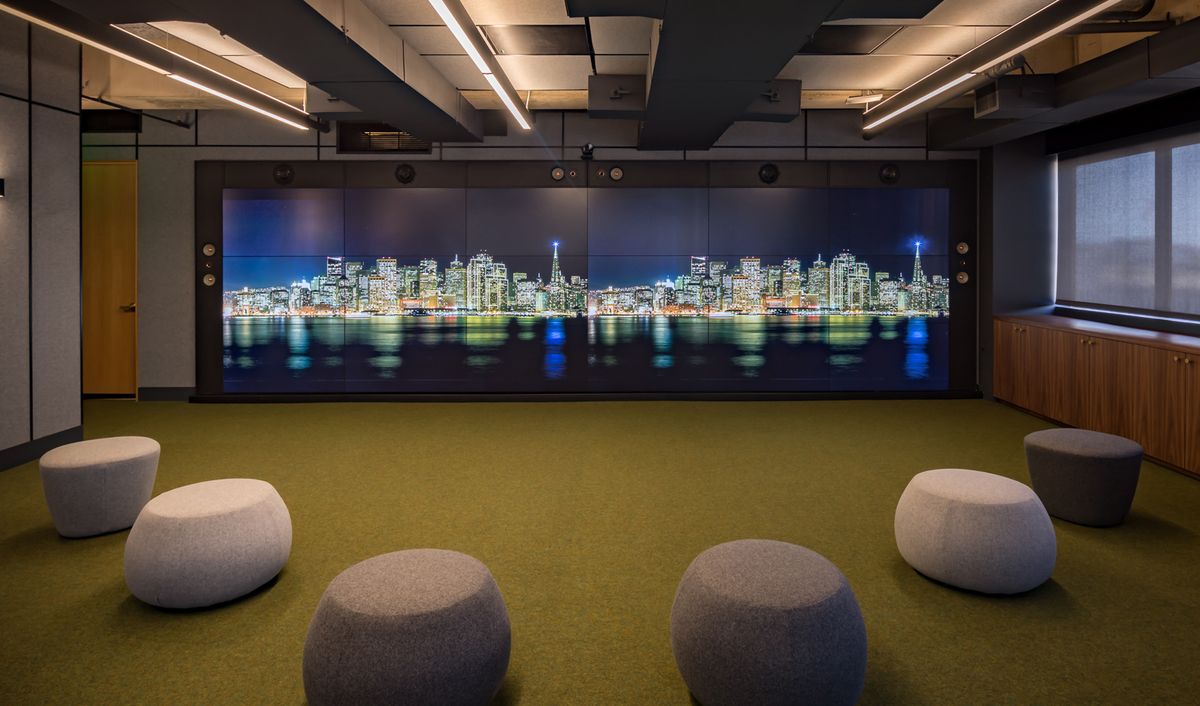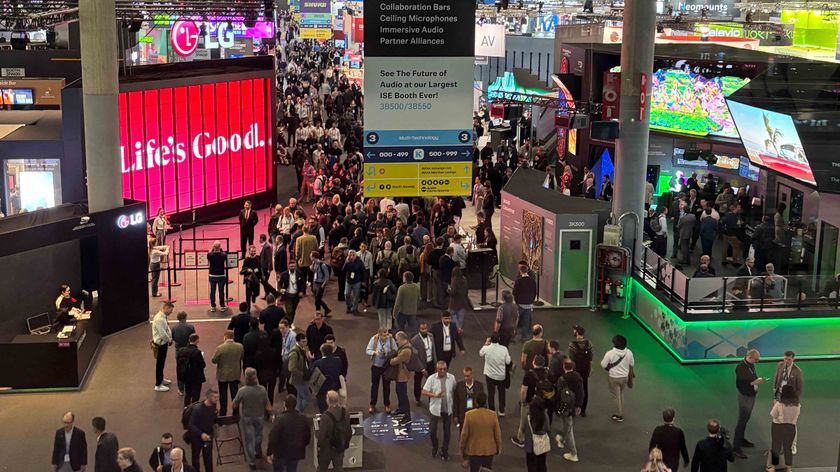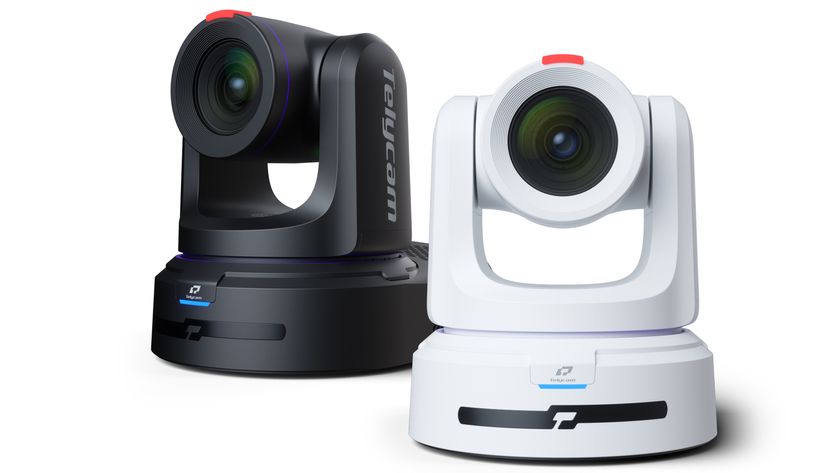The technology-upgrade wave which is sweeping the corporate world will unite the millions of workers who are choosing, or being offered the choice, to work remotely from their colleagues.
Enhancements and innovations in technology, including the proliferation of high-speed internet in the home, AV over IP in the office, and enhancements in video quality AND collaboration tools, have all been pushed forward by the so called COVID-accelerant.
But as these innovations reach rooms large and small, integrators, consultants and architects are missing a massive opportunity to incorporate great design in these spaces.
The overall aesthetics of a workspace have often been tied to improved worker morale and a better client experience. A 2019 Forbes report on office design stated that “A quality workspace design leads to a less stressful and more productive atmosphere. It’s essential that employers take the physical work environment of their employees into consideration. Employees need to feel comfortable and calm in their physical work settings to produce their best work.”
The HR Trend Institute turned it into a discussion of company culture: ”Success begins and ends with people. That’s why it becomes even more important to create an environment in which people can excel and that’s in the first place an environment in which people want to work. This is more than the physical workspace, or the different financial benefits people get. The company culture defines how people feel and behave.”
And there is no shortage of books and studies which focus on how the design of these spaces inspires innovation, drives results and fosters loyalty.
Embrace Better Designed Meeting Spaces
So why don’t medium and large enterprises, and the tech community which services them, embrace better design?
Perhaps the answer lies in the fact that simple, effective solutions to conceal or augment technology into beautiful spaces have not existed in the past, and enterprise clients have failed to fully understand that these options even exist today.
Take for instance, the before and after images shown below—if you were surveyed on which of these two environments was more pleasing, aesthetically, what would you say?
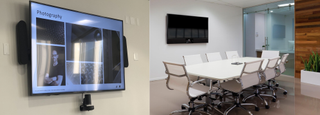
The head of a large multinational corporation recently reported that his company was shedding office space in a move away from fixed locations and infrastructure. Thus, he reasoned, considerations for how to design these spaces were somehow less important. The notion that a better-designed space might encourage employees to return to the office did not dawn on him.
In conversations with large global end users, we often hear that their investments in these technologies and unified-collaboration platforms are not only necessary for them to keep pace with competitors, but they are essential in keeping workers happy and efficient in the new hybrid-work world. They also function as recruitment tools for companies competing for labor in a “great-resignation” world.
Concurrently, for the reseller community to embrace these design enhancements, they need only consider that an improved client experience will lead to more business.
So, while the design and reseller communities are poised to provide this technology, and their clients demand it, it is likely that all parties just need to be educated about how that tech can work great WHILE looking great. In the Commercial Environments Continuing Education Unit (CEU) which carries AIA and IDCEC certifications, along with certification by AVIXA for CTS credit, encourages the installer and consultant communities to become “a true champion of spaces that seamlessly blend design with technology.”
[ InfoComm 2022: Rethink Videoconferencing, Audio, and More with Leon Speakers ]
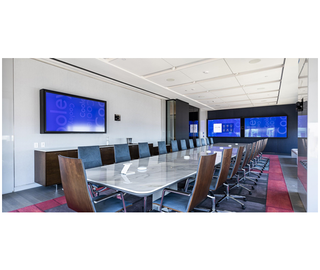
All-in-One Technology and Aesthetics
We all recognize that there are challenges: displays have become so large that they dominate a space and are a challenge to design for and around, UC cameras now come in new formats and sizes, making it difficult to standardize around multiple brands, and room materials are often selected for their look and not their acoustic properties.
But manufacturers are, more than ever before, conscious of these challenges: designing and devising solutions around them to raise the bar on what is effective, tech-forward AND beautiful.
Good room design is not difficult when you understand the tools at your disposal; GREAT room design goes further and incorporates acoustics, technology and aesthetics in one deliverable—meeting the needs of all key stakeholders and raising the bar for everyone’s expectations of how the modern office should look.
